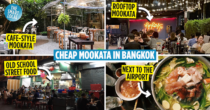Vice taints with history
Historical images are one of the most important ways to document and understand history, so when there is a case of intentional misrepresentation, people are not going to sit around and do nothing.
Recently, Vice has released an article that showcases altered faces of victims from the Khmer Rouge genocide; the article has since been deleted after receiving heavy backlash and a legal threat on fabrication.
More news to read about:
- Thai monk arrested for faking disability
- Miss Grand Myanmar remains in Thailand
- Thai govt makes manual for LGBT+ families
Vice releases portraits of S-21 victims
Vice’s recent article covered a photo restoration project by an Irish artist, Matt Louhrey, on victims of the Khmer Rouge’s genocide in S-21 prison back in 1970s. It was an attempt to “humanize the tragedy”, according to Thai Enquirer.
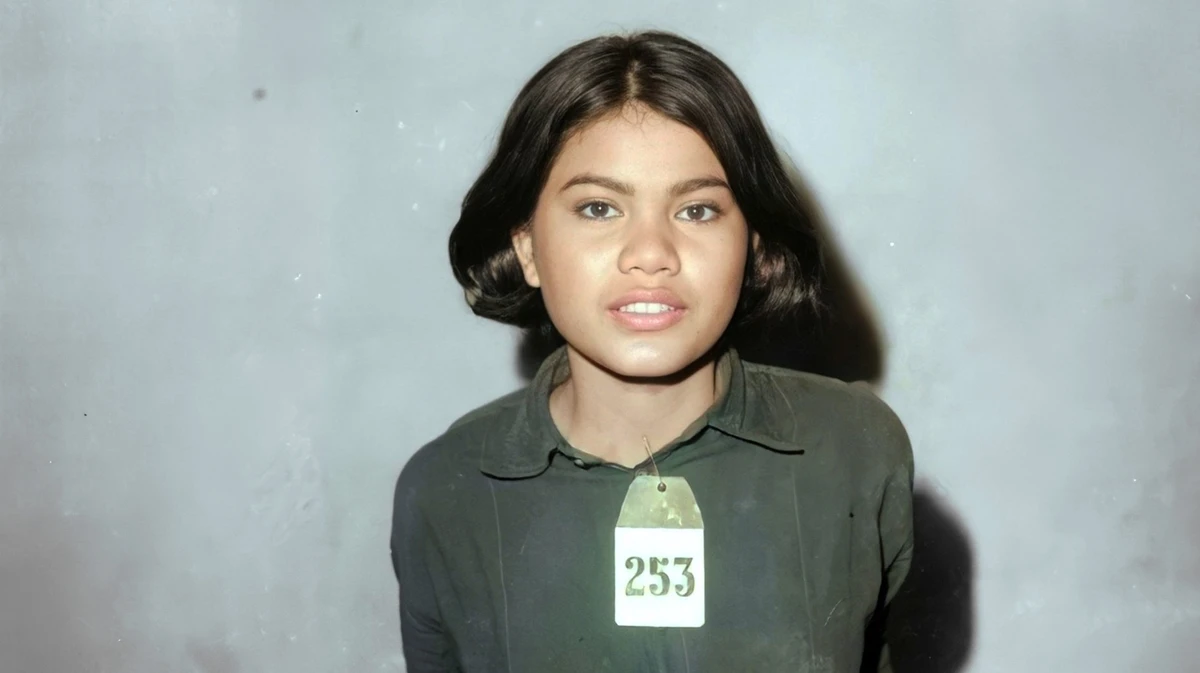
Image credit: Vice
At first glance, the images seemed to be just a set of colourised and digitised photos. However, after going through the portraits one after another, a disturbing pattern emerges: the victims smiling in every photo as if they were welcoming torture and death.
An explanation was given by Louhrey in which he connected the smiles with feelings of nervousness and that perhaps the victims were trying to hide their fear behind those happy faces.
Yet, despite not inquiring further, many were left emotionally unconvinced.
Calling out on photoshopped smiles
Then on 10th April, a photojournalist living in Cambodia for sixteen years, John Vink, took it to Twitter to announce that the photos were not only colourised, but were given fake smiles. Clipped to the post was an original picture along with Louhrey’s version and a comment saying that he was manipulating history.
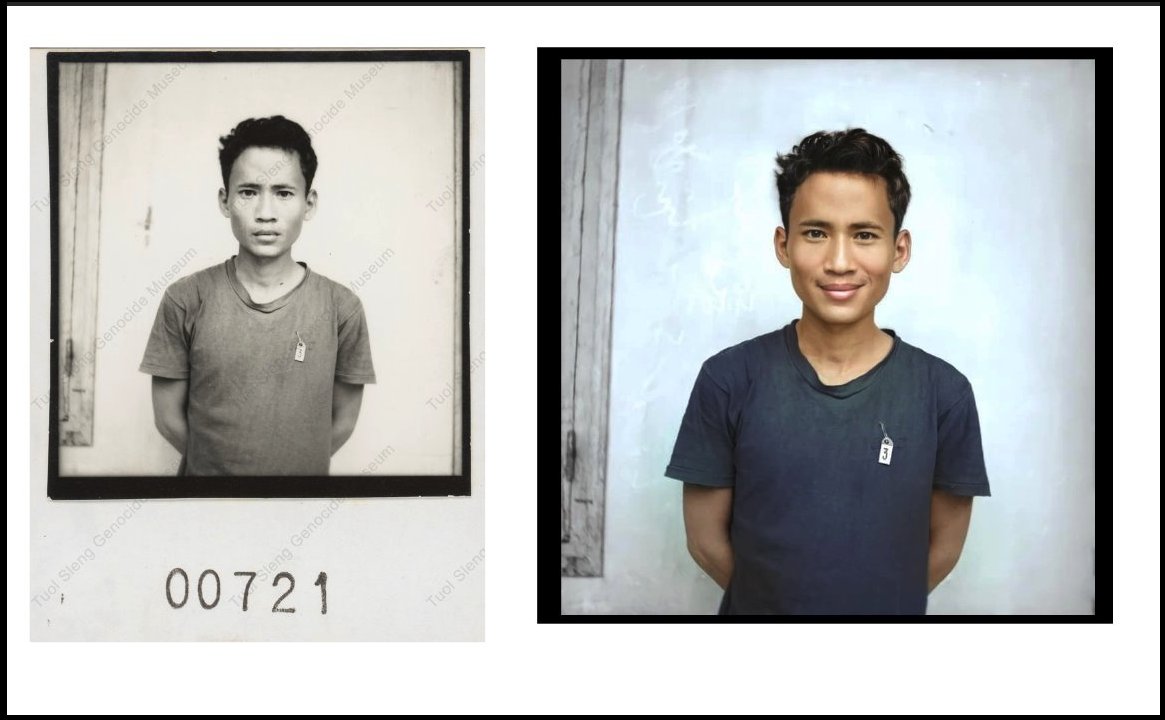
Image credit: @vinkjohn
Louhrey did not stay quiet and came out to say that it was done in correspondence to the requests of the Cambodian families he had worked with during the project. He also added that some smiles were “genuine”.
Lydia, a kin to one of the S-21 victims, proved that what Louhrey said has some truth to it after tweeting that she has seen the original picture of her uncle and that the two pictures had the same smirk. Yet, the story told of her uncle was false – him being a primary school teacher called ‘Khva Leang’ instead of a farmer called ‘Bora’ as stated by Louhrey.
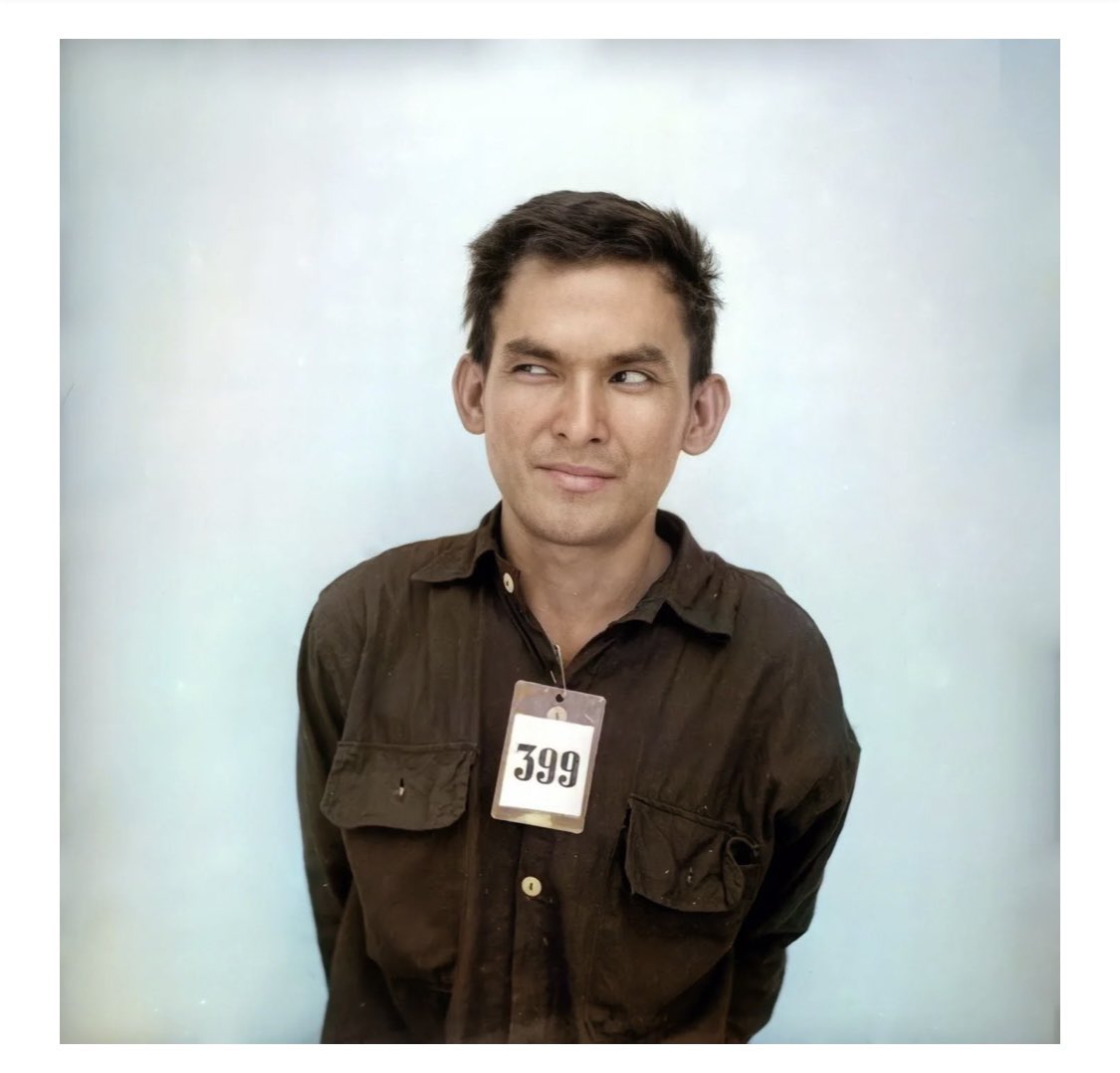
Image credit: @theycallmelyd
The falsified story had also mentioned the torture of her cousin, which was also clarified by Lydia that it was not true.
To make things worse, National Cambodian Heritage Museum and Killing Fields Memorial had also released a statement saying that the consent wasn’t given to Louhrey by the Cambodian families and that the misrepresentation was considered a violent act.
Only after the Cambodian government had given a legal threat that Vice decided to take down the article this past Sunday, 11th April 2021.
What it means
The photoshopped smiles were not only replacing one story with another, but by “softening” the terror and painting a happy picture over it, it takes away a grave mistake in history that we can learn from.
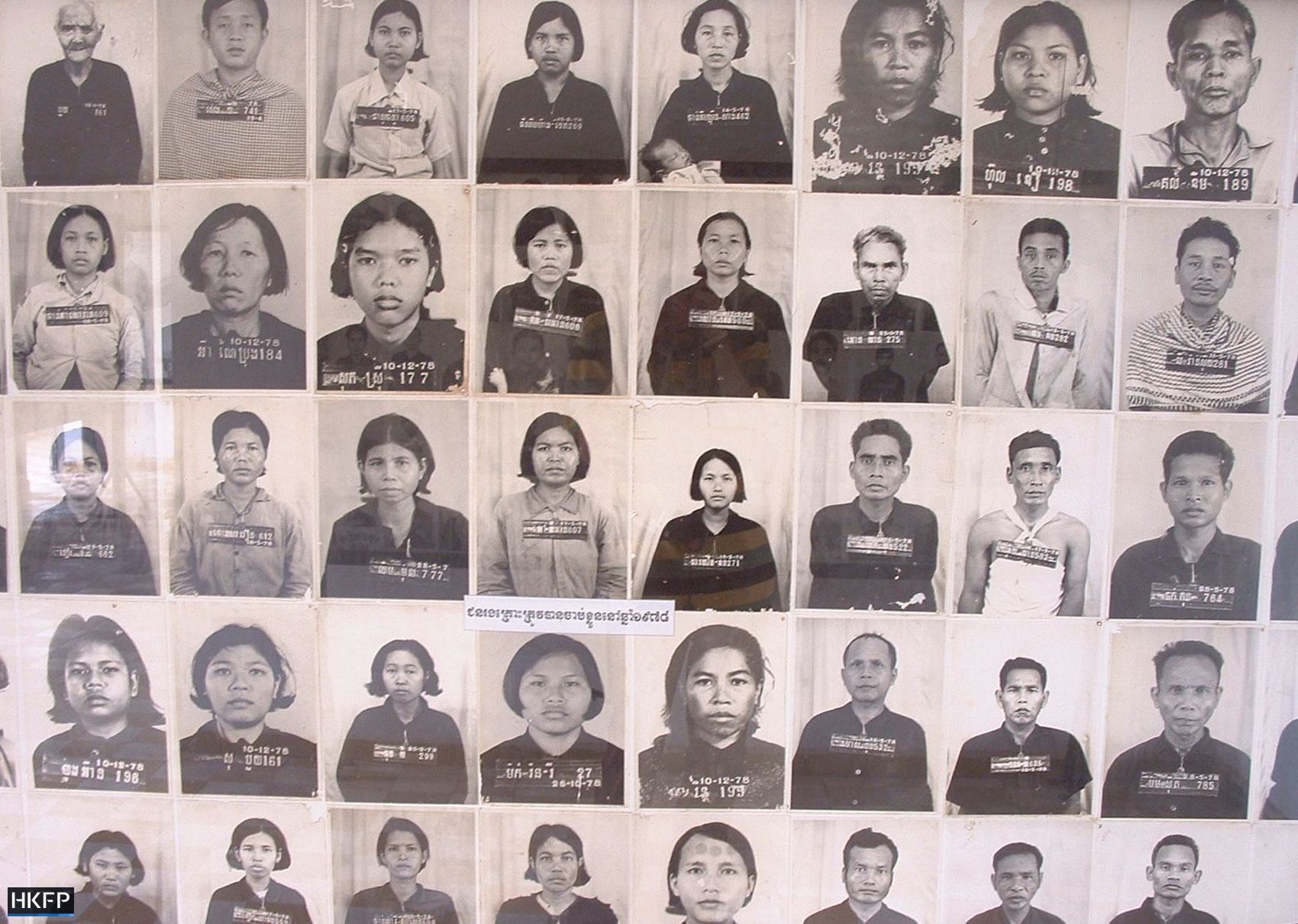
Image credit: Hong Kong Free Press
Accurate representation is vital, especially in the case of tragedy, because not only will they serve as reminders but also it honours those who have passed as well as their living families who are still trying to heal.
Small things matter
Even though it was just an adjustment to the faces, such little details like that can drastically change a story told by one’s face. And it’s important we do not overlook especially when it comes to history, because subtle things do matter.
Recent news in Thailand:
- Patong Beach deserted despite Songkran holidays
- Thai monk gets shocked by ghost in temple
- Thai airlines apprehensive about travel during Songkran
- Private hospitals allowed FDA approved vaccines
Cover image adapted from: @RPanh
Enjoying The Smart Local Thailand? Follow us on Facebook and Instagram for more stories like this.

Drop us your email so you won't miss the latest news.




